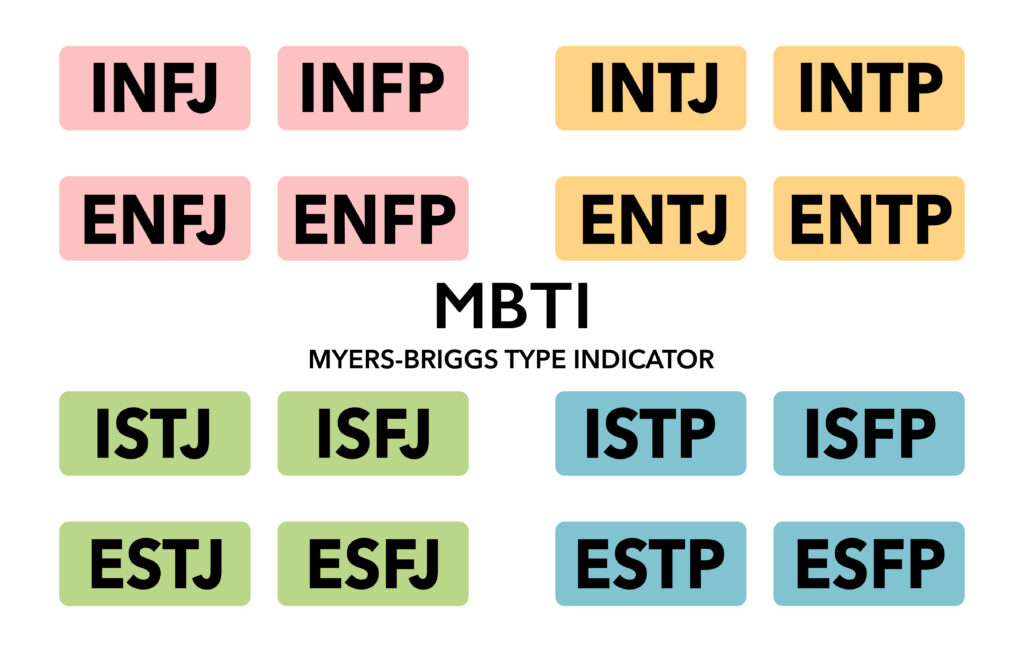info@teamchallenge-company.co.uk
03300 04 09 03
As part of our summer series on the psychology behind team building, this week I’m looking at MBTI, also known as the Myers-Briggs Type Indicator. You’ve probably come across it before. It’s one of the most widely used personality tools in the world and for good reason.
MBTI is actually based on the work of psychologist Carl Jung in 1921. Jung explored how people have different ways of perceiving the world and making decisions, but he didn’t create a formal test. The MBTI name comes from the work of a mother and daughter duo, Isabel Briggs Myers and her mother Katharine Cook Briggs. In the 1940s they developed a practical questionnaire based on Jung’s ideas to help people find roles suited to their personality.
The MBTI tool sorts personalities into four pairs, which combine to give one of 16 personality types:

To determine someone’s MBTI type, individuals usually complete a questionnaire that explores how they prefer to communicate, take in information, make decisions and organise their daily lives. The results provide insight into how someone works best and what they need from others.
In a team setting, MBTI can help people recognise not only their own strengths but also those of their colleagues. For example, some team members may thrive on detailed planning while others prefer to look at the bigger picture. Some might favour quick decisions while others need time to reflect. There is no right or wrong, but the differences can cause tension if they’re not understood.
At Team Challenge Company, we strive to design team building experiences that do more than bring people together for a fun day out. The most successful teams are those where people understand each other’s working styles and communicate openly.
If you’d like to explore how your team could benefit get in touch - we’re here to help.